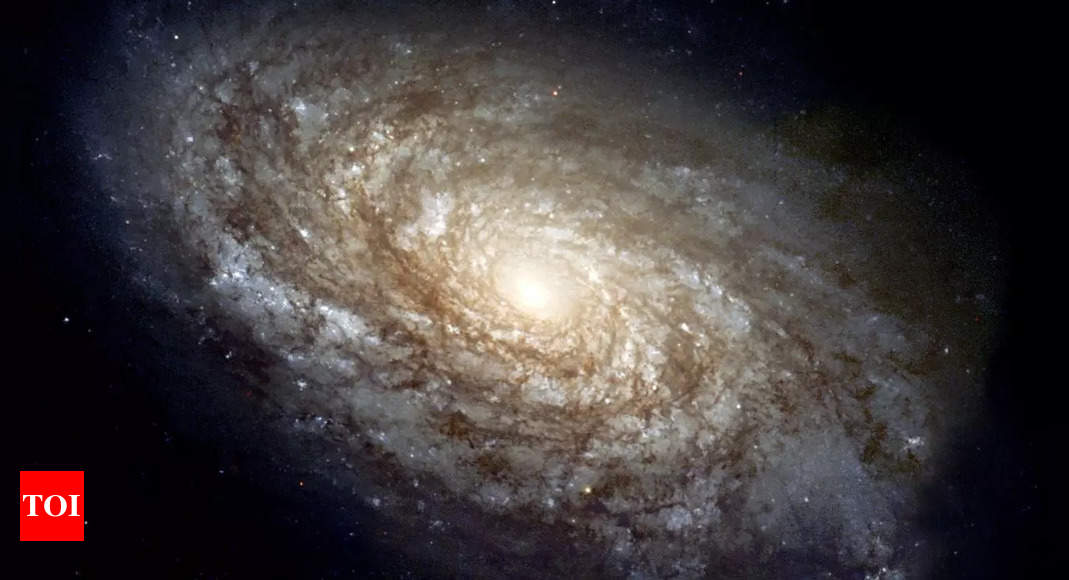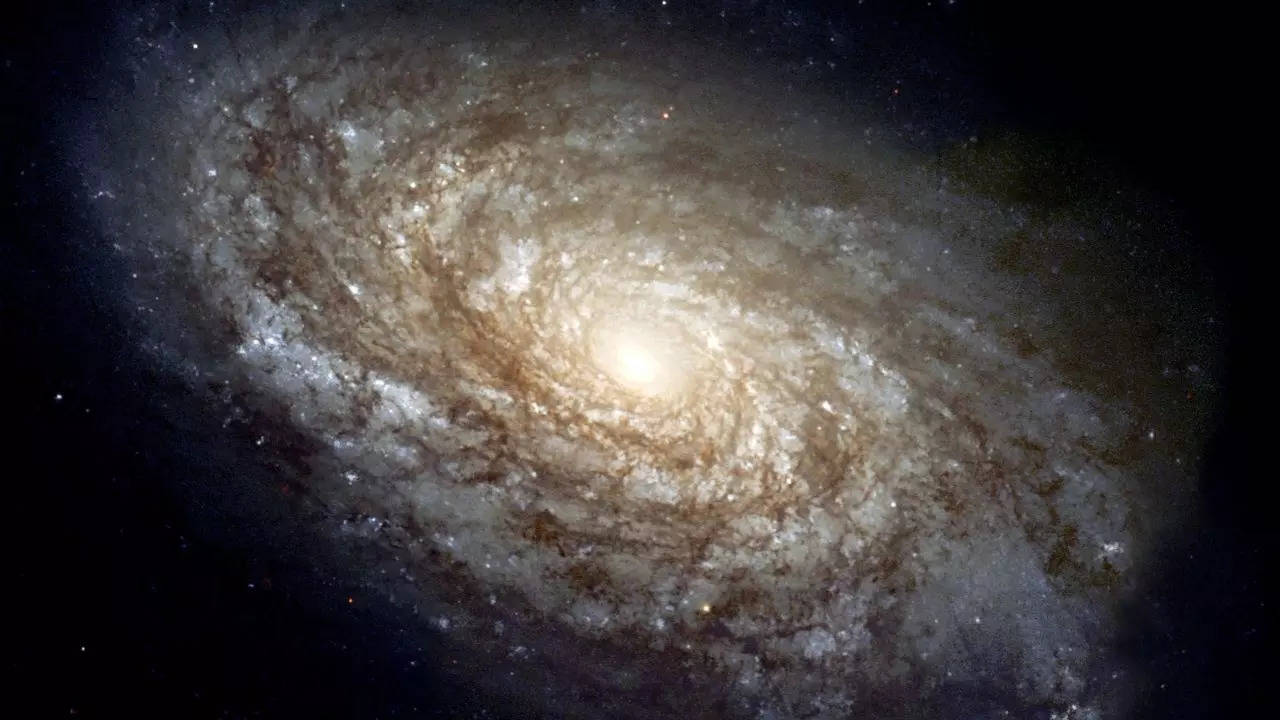[ad_1]
“The observable universe consists of regions where light has had time to reach us,” explained astrophysicist Kai Noeske from the European Space Agency.The universe is 13.8 billion years old, yet the observable part extends about 46 billion light-years in each direction due to its expansion and the head start of light in its early stages.
Despite this, we only view about 3% of the universe, according to Pamela Gay of the Planetary Science Institute. Estimations of the total number of galaxies are based on observing small sections of the sky and extrapolating those findings.
Estimating the number of galaxies in the universe
Determining the total number of galaxies in the universe is an immensely complex task. Although it might seem straightforward to calculate this by multiplying the universe’s size by the average galaxy density, the true challenge lies in accurately measuring these values.
The universe’s total size remains unknown, with some recent research suggesting it might be infinite. This implies there could be an infinite number of galaxies. Observations, such as those from the European Space Agency’s Euclid mission, reveal vast clusters like the Perseus cluster, yet our view is limited by the distance light has travelled since the Big Bang.
Astronomers observe prominent galaxies, including the Whirlpool and Andromeda Galaxies, and recognize that our Milky Way is part of the Local Group, which includes about 30-50 galaxies. Additionally, massive galaxy clusters, such as MACS 0416 captured by the James Webb Space Telescope, further complicate the estimation process.
Despite these challenges, astronomers have devised mathematical methods to estimate galaxy numbers. The observable universe is estimated to be a sphere with a diameter of approximately 92 billion light-years and a volume of about 410 nonillion cubic light-years. However, accurately counting galaxies is problematic due to limitations in current technology and observational constraints.
According to the estimates, there may be between 100 and 200 billion galaxies in the observable universe, but some studies propose up to 2 trillion galaxies. This discrepancy highlights the uncertainty in current estimates, influenced by the limitations of telescope capabilities and observational methods.
Also Read | NASA astronauts Sunita Williams and Butch Wilmore undergo routine hearing test amid extended space stay
[ad_2]
Source link

